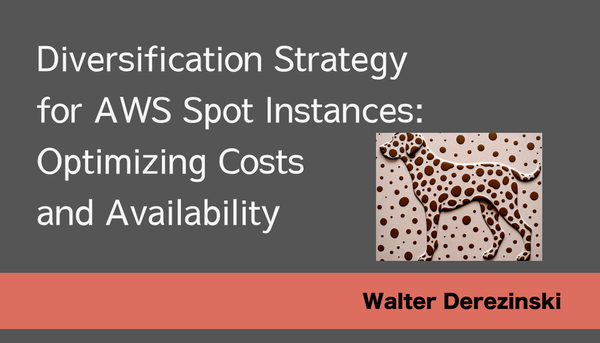Know When Your Users Are Active
Do you know when your users are active? If not, you are spending more on the cloud than you should.
Traditionally, this information wasn't needed because on-prem systems were designed to maximize usage. However, this is a key metric you must understand with the cloud. Knowing this helps you with the following:
Resource Optimization:
Knowing when your users are most active allows you to optimize your resources to handle peak loads efficiently.
Autoscaling mechanisms can be aligned with user activity, dynamically adjusting resources to match demand.
Cost Management:
Cloud providers often charge based on resource consumption. Understanding peak usage helps manage costs by scaling resources only when needed.
Off-peak hours may allow for resource downsizing, minimizing expenses during periods of lower activity.
Performance Enhancement:
Aligning resources with user activity ensures optimal performance during high-demand periods.
Scaling resources ahead of anticipated peaks prevents performance degradation or downtime.
User Experience:
A comprehensive understanding of user activity patterns improves user experience during peak times.
Distributing resources effectively helps maintain responsiveness and reduces the likelihood of service degradation.
Operational Efficiency:
Efficiently managing resources based on user activity enhances overall operational efficiency.
Automation tools can be leveraged to schedule tasks during periods of lower activity, optimizing system maintenance.
Data Backup and Maintenance:
Identifying periods of low user activity is ideal for performing essential tasks like backups and maintenance activities that might impact performance.
Global User Base Considerations:
If your user base spans different geographic regions, understanding the times when each region is most active aids in global resource distribution.
Predictive Scaling:
Historical data on user activity facilitates predictive scaling strategies, ensuring that resources are provisioned proactively based on anticipated future demand.




